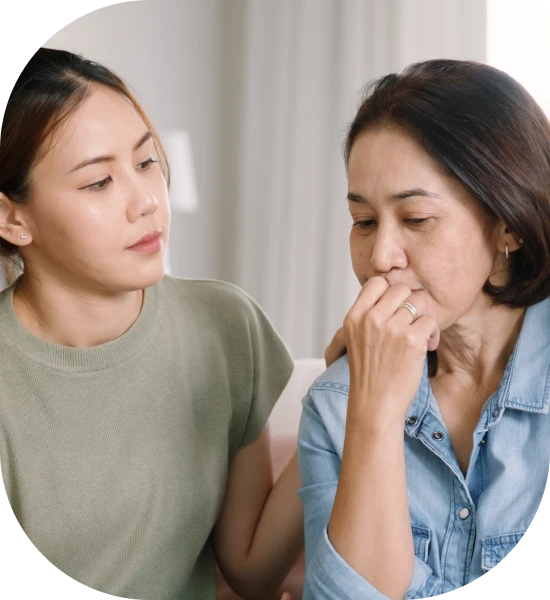Chronic bloating. Lower back pain. Fatigue that lingers even after rest. These are symptoms […]

Bladder training gets rids of bad habits and teaches your bladder good habits so you can get control over your bladder instead of the other way round.
Bad habits take many months or years to form and you will need time, commitment and patience to break these habits. You will have to learn – sometimes through trial and error – which messages your bladder is sending you are real (meaning your bladder is really full) versus the messages that are fake (meaning your bladder isn’t full but it is sending you a false signal to go).
Visit a urogynaecologist, who is a gynaecologist specialising in female urinary disorders, to determine if bladder training is an appropriate treatment option for you and to exclude other causes of your urinary frequency e.g. other medical conditions, certain drugs, urinary tract infection (UTI) etc.
You should start a bladder diary before, during and after your training to keep track of your progress.
Foundation steps
Building steps
Your bladder will have good and bad days – very much like a child learning – do NOT give up! Remember that this will take time. Once you have trained your bladder successfully, you need to continue with the good habits learned!
Chronic bloating. Lower back pain. Fatigue that lingers even after rest. These are symptoms […]
Many women live with Polycystic Ovary Syndrome (PCOS) without realising fact from fiction. This […]
Within the realm of women’s health, the terms “fibroids” and “cysts” are often mentioned […]





Aster Gynaecology © | All Rights Reserved.